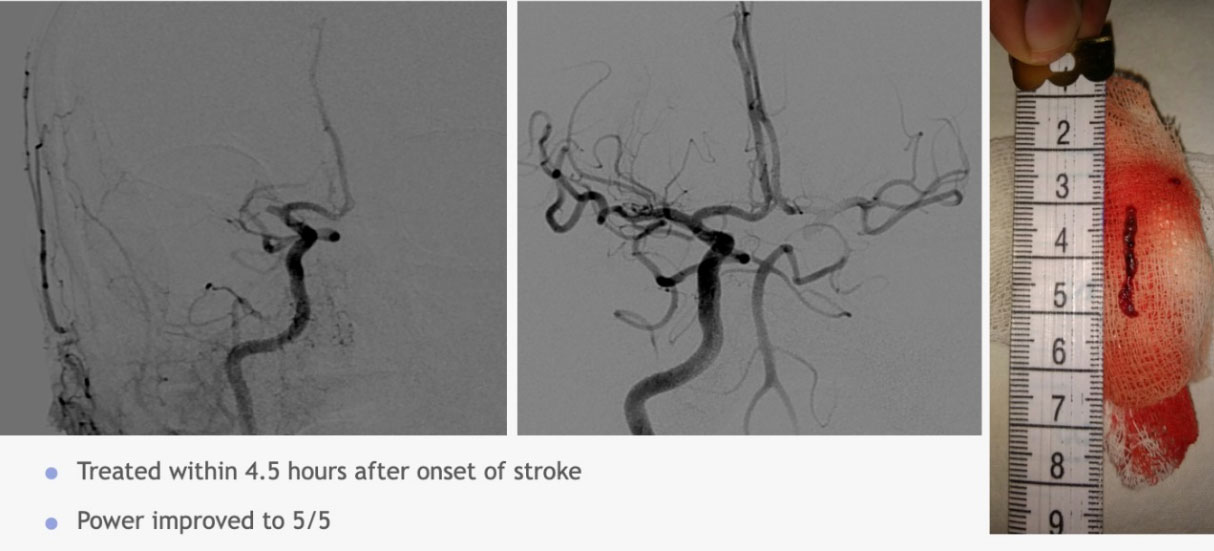
Stroke occurs when the blood supply to a part of the brain is suddenly blocked (Ischemic Stroke) or when a blood vessel in the brain bursts (Hemorrhagic Stroke).
As brain cells constantly need glucose and oxygen, the affected brain cells die. Ischemic Stroke accounts for 87% of all stroke cases, and are largely treatable if you get to the Hospital in time.
One has to remember FAST
F - Facial Deviation
A - Arm weakness
S - Slurring of speech
T - is the TIME to rush to the Hospital.
Ischemic Stroke, commonly called as Stroke- HEMPLEGIA is the second most common cause of death worldwide and a significant cause of chronic disability. Due to ageing populations worldwide, it has been estimated that by 2020 stroke will be the leading cause of lost healthy life-years.
CT (Computed tomography) or MRI (Magnetic resonance imaging) SCAN of the brain is done for diagnosis. The scan will help them diagnose whether the patient has a clot or bleeding inside the brain.
Initial treatment consists of a complete patient evaluation. The emergency stroke unit team will document a full medical history, including physical and clinical neurological exams, as well as an imaging evaluation.
A procedure that can be done upto 6 hours of Stroke onset uses a tiny device to remove clot from an artery in the brain, restoring blood flow. This procedure is an option for some patients who cannot receive drug therapy or who have failed drug therapy.